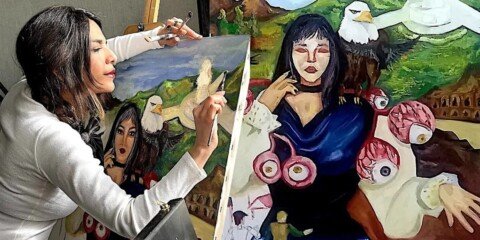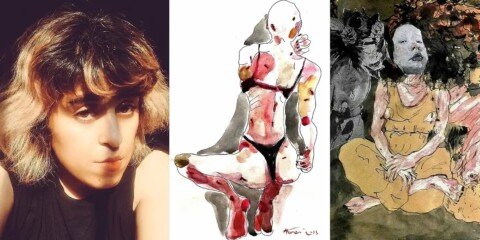In a world where self-expression often gets lost in the noise, Zhanna (@perleverroterie), a photographer with a soulful vision, reminds us of the profound beauty that lies within each individual. Born in Kyrgyzstan and shaped by a life rich in cultural transitions, Zhanna’s journey from a tech career to full-time artistry is a testament to the transformative power of following one’s true passion. Through her lens, she captures not just images, but emotions, stories, and the raw, unfiltered essence of her subjects. Whether working with seasoned models or first-time participants, Zhanna’s mission is clear: to reconnect people with themselves and the natural world, revealing their unique beauty as if for the very first time.
In this intimate interview, she opens up about her creative process, the inspirations that fuel her art, and the deeper meaning she finds in every frame she creates. Join us as we delve into the mind of an artist who sees the world not just as it is, but as it could be — through the eyes of hope, openness, and boundless creativity.
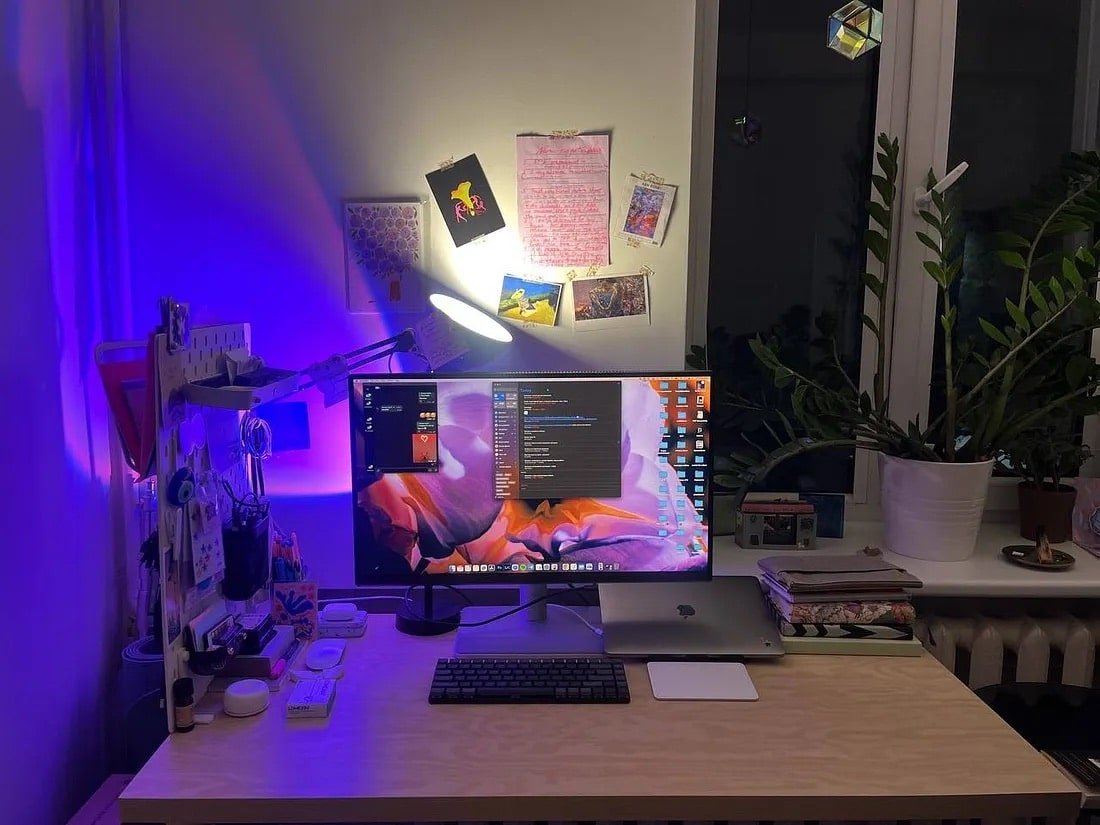
🟥 Can you share a bit about your background and the journey that led you to becoming an artist?
I was born in Kyrgyzstan and spent my childhood years there. I always wanted to be a singer and performer, but had to actually finish school with good grades, so I dropped out of music and theater and started to prep for being a translator and interpreter. There wasn’t AI or google translate back then. I went to study in a bigger city, and still was friends with all the artsy types of people — musicians and cinematographers. I started doing photography when I was 11 and never stopped, except for a couple of years when I lived and worker in Barcelona. I had a 10 year tech career that I am now slowly replacing with art.
🟥 Was there a defining moment or experience that solidified your decision to pursue art seriously?
I was gradually burning out at work and then the war started, I ended up being at a loss at how should I really continue all of this when the world is crumbling, so I started to film and producing my second documentary I decided I need to pursue what I’m truly interested in — my films and photography.
🟥 Do you remember the first piece of art you created, and what inspired you to make it?
No not really. I think I was drawing when I was a kid and my dad’s admiration of whatever I was doing moved me forward.
🟥 What inspires you the most when creating your art?
I am inspired by everything that surrounds me — it can be a location, a person, a song. Music is still my major influence to be honest. My family too — I love deeply personal things, so I film and make a lot of personally significant pieces out of thin air. Also people I met in my third immigration inspire me a lot — most of them are journalists, creatives and anti-war activists. I can’t say I’m inspired by something specific, I move on impetus — something happens and it’s an epiphany. I think openness is inspiring too!
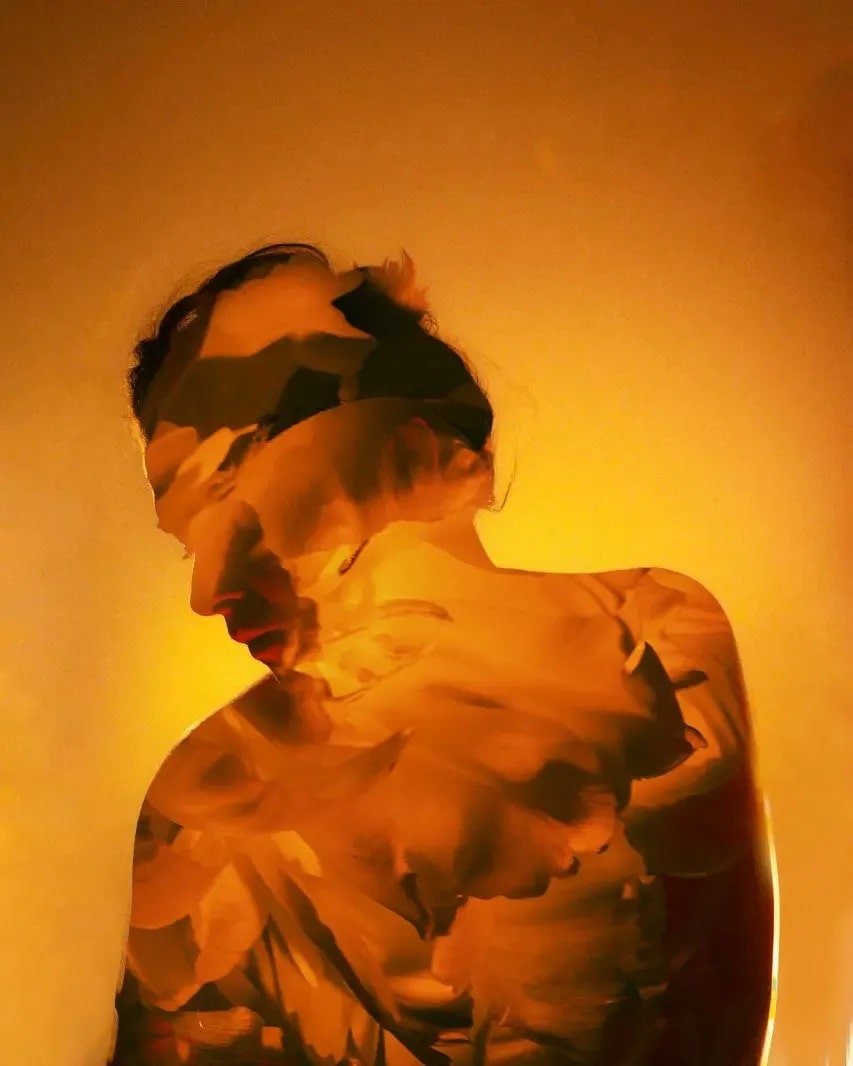
🟥 Are there specific activities, rituals, or moments that fuel your creativity?
I do lots of things to fill my well — yoga, walks, museum visits and long days at the library, reading books on all sorts of art, just exposing myself to art created before me. I do morning pages journaling, structure everything in an archive to fuel my inspiration and also take care of my sleep schedule, to make sure I have the energy to create. All of my art comes from a happy place, hence I need to look after myself to make my art sustainable.
🟥 How would you personally define art, and what deeper meaning does it hold for you?
Art is like a mirror you can look at and understand better what your heart tells you. It also reflects your shadow selves, so you might find it surprising, what art can lead to in your thoughts. Of course my definition might be limiting or too personal, but that’s what I’ve been feeling lately.
🟥 What part of the creative journey excites you the most — conceiving an idea, the act of creating, or finishing the piece?
It actually depends on different factors, as the creation process in not at all linear, sometimes it’s an idea that drives the whole process, sometimes it’s the post-production, or experimenting with my mistakes in the process. Finishing the piece is a bit drowning as it now lives it’s own life — letting a piece or a movie go out and not be a part of you anymore is a special magic. I feel like it’s a time capsule of what I was at a specific moment in time.
🟥 Do you follow a structured plan when creating art, or is your process more spontaneous?
I combine both approaches, putting lots of preparation into my work, as I believe the prep work is what allows the result to be closer to what I imagined it to be. However I allow inspiration and flow take me during the work, as I’m human and I couldn’t plan 100% of the results. By allowing myself to tap into the flow of creation, I let go of the image in my head and enjoy what this world is giving me at the present moment.
🟥 What time of day do you feel the most creative, and why do you prefer that time for your work?
Mornings before my husband’s up! It’s when I feel most connected to myself, and at peace — this allows me to come up with new ideas, work on something new. I leave all of the chores to the second half of the day, as those are more like a repetitive task. I also retouch everything while it’s light, contrary to most of the memes — I feel colour much better this way.
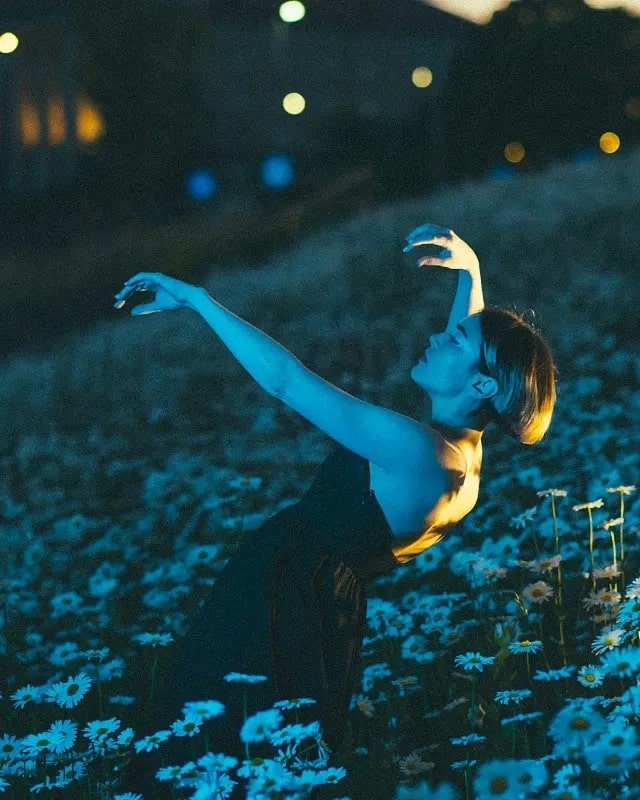
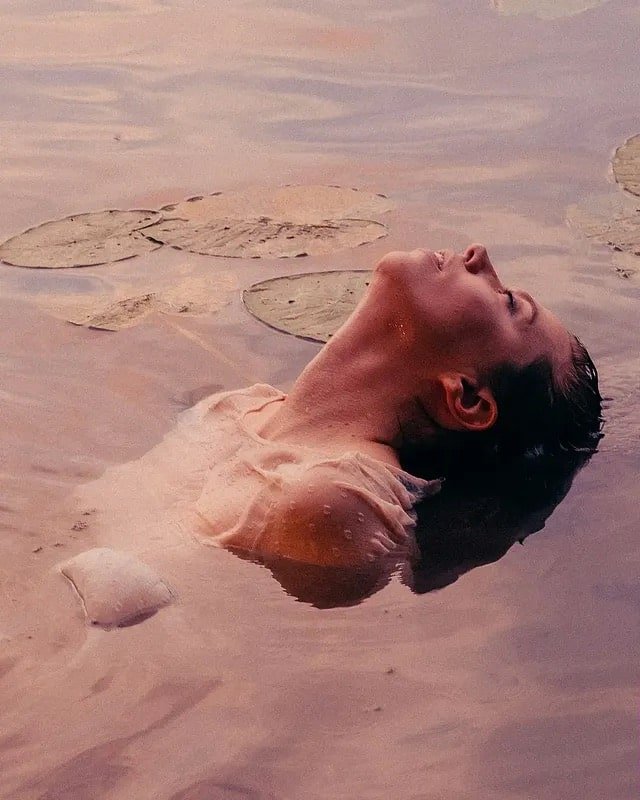
🟥 Do you listen to music while creating, and how does it influence your process?
It again depends, I listen to lots of music in my life and a lot of times a song manifests itself in my art, through sharing the same vibe as the shoot. While taking photos I try to concentrate on working with my models, so most of the time the set is silent.
🟥 Do you have any specific rituals or routines you follow before starting a new project?
Not really, no.
🟥 What is the most challenging aspect of creating art, and how do you navigate those?
Looking after not occasionally using someone else’s ideas or what’s worse — interpretations — we produce a lot of content, and consume as much, we use the same tropes and archetypes, so it’s really challenging sometimes not to feel hurt and not hurt a fellow artist. What helps is releasing we’re all unique. I normally ask myself — what do I feel and how would I convey that, most of the time it hits the spot.
🟥 What keeps you motivated during times when creativity feels like a struggle?
My husband does a really good job motivating me. I also know that sometimes I create less and it’s alright, as it’s hard to be artistic and productive in a steady manner. When I struggle I also do studies like shooting flowers or street photos, just to keep on going and find joy in simplicity of the world around me.
🟥 Can you share an experience or lesson that contributed the most to your growth as an artist?
My friend and a much bigger artist is very good with discipline, and keeping a steady routine of studio work in her case helped her move from occasional shoots to a steady production of wonderful images. Every time I feel like my mood is down because I’m shooting less, I put myself in the creative conditions — booking the studio and just going for it, like her.
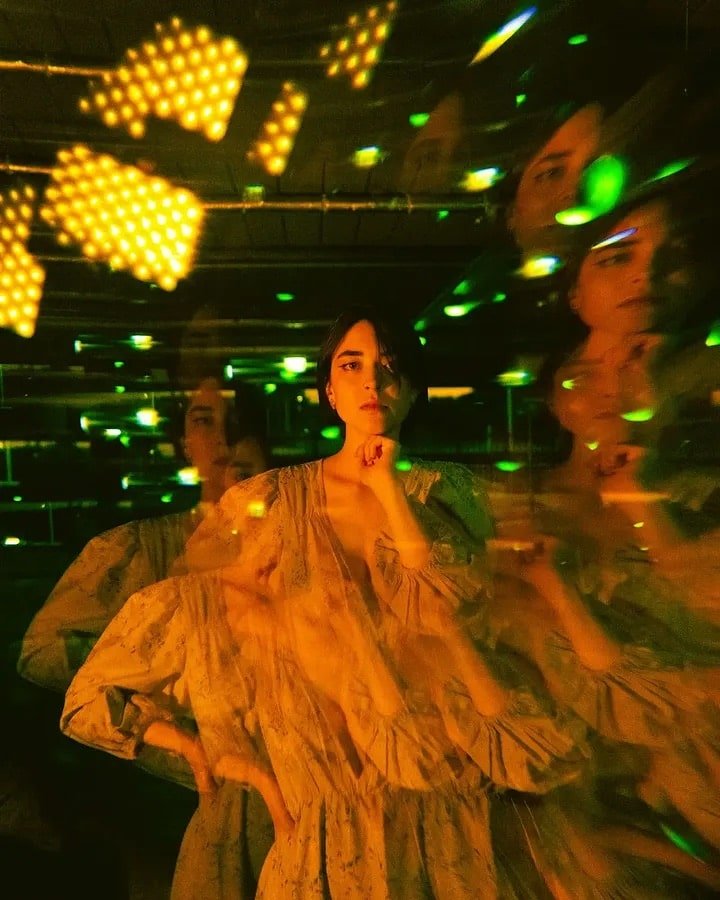
🟥 Is there a piece of advice you received that completely changed the way you create or think about art?
I think it was something like — you’ll turn 40 anyways but you can choose if you learned to play piano by that time or not. I never learned to play piano, but I started focusing on my creative process more and more, and I really hope to advance by the time I’m 40.
🟥 When you view a piece of art, what qualities or emotions do you look for?
I let art surprise me by not wanting anything particular from it.
🟥 How do you perceive art’s purpose and its impact on individuals and society?
I think art is working as therapy for both creators and people who see this art later. I love complex art with a message that can also be multidimensional. I search for a mystery to solve and hope that art changes the world by challenging the viewers.
🟥 What are the non-negotiable essentials in your workspace?
A huge desk, colour light lamps, incense, homemade candles and knowing my husband is in the next room doing his own stuff. I really don’t like having people in the same room, but I love the idea of actually going next door to bounce some ideas off.
My fountain pen with my daily notes and a bit of oil pastels for sketching when I’m anxious.
🟥 Do you have a favorite tool or object in your studio that holds sentimental value?
Oh yes, lots of them. My desk is full of mementos — a note from my sister, stickers, old postcards with painting, art magazine cutouts, fridge poetry magnets that I put into a phrase, pins from my friends, notes to myself that carry uplifting messages, small ceramics trinkets, as well as postcards from friends. I also have a huge list of non-negotiables pinned above my screen to help me avoid mistakes I’ve made already.
The highlight of all of that mess is a prism my friend gave me, it reminds me of her and her undeniable believe in me. Oh, I also have a blue evil eye we brought from Turkey — it reminds me of Kyrgyzstan and my roots and legacy.
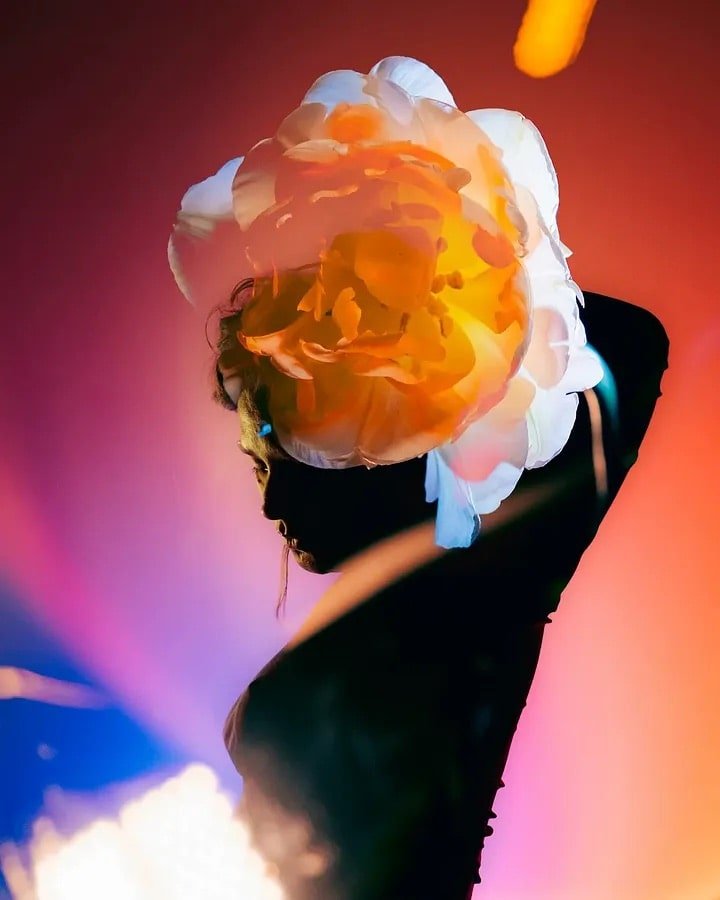
🟥 What’s the one thing you always need by your side while creating art?
Pen and paper, as I need sometimes to think on paper — sketch a frame, write things down.
Of course I’m not talking about instruments like my camera here, this goes without saying.
🟥 Who are the artists or people you admire the most, and why?
I admire kind and supportive people the most, as consideration for others is the highest virtue in my opinion. Also artists with self-discipline, like I mentioned above.
🟥 Imagine you could create a piece of art in collaboration with someone from history. Who would you choose and why?
Undoubtedly Georgia O’Keeffe — she’s my role model and a distant mentor, I love her and laugh at her first person narrative in the books about her art. She was way ahead of her times. I mean that would have been awesome to see more of her process and thinking behind the works.
🟥 What’s your superpower?
Wow, I think it’s finding a tiny grain of hope in the most hopeless situations, or at least I hope so. I am also great at building teams, but this doesn’t apply to my art yet.
🟥 What does success as an artist mean to you — recognition, impact, or something else entirely?
Feeling of being relevant I think, even if it’s to one person in the whole world.
Hitting the spot for someone with my art.
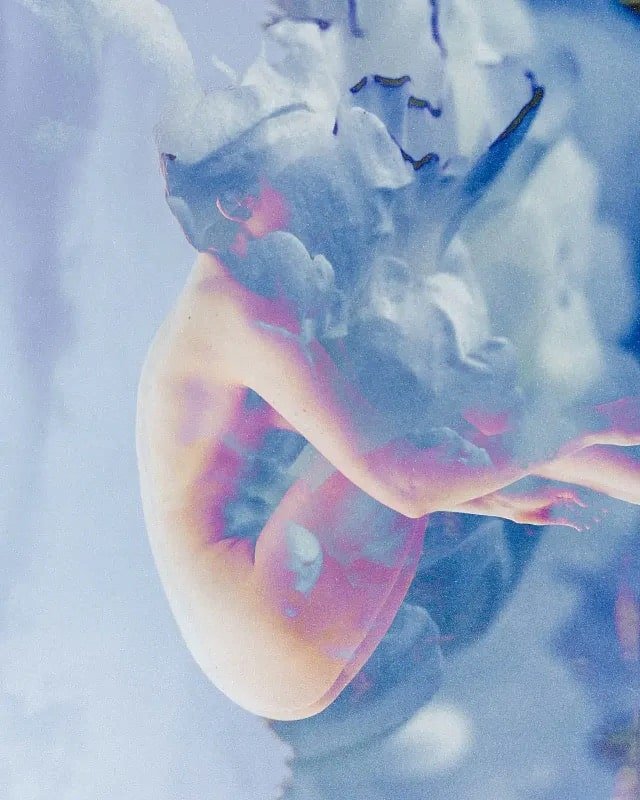
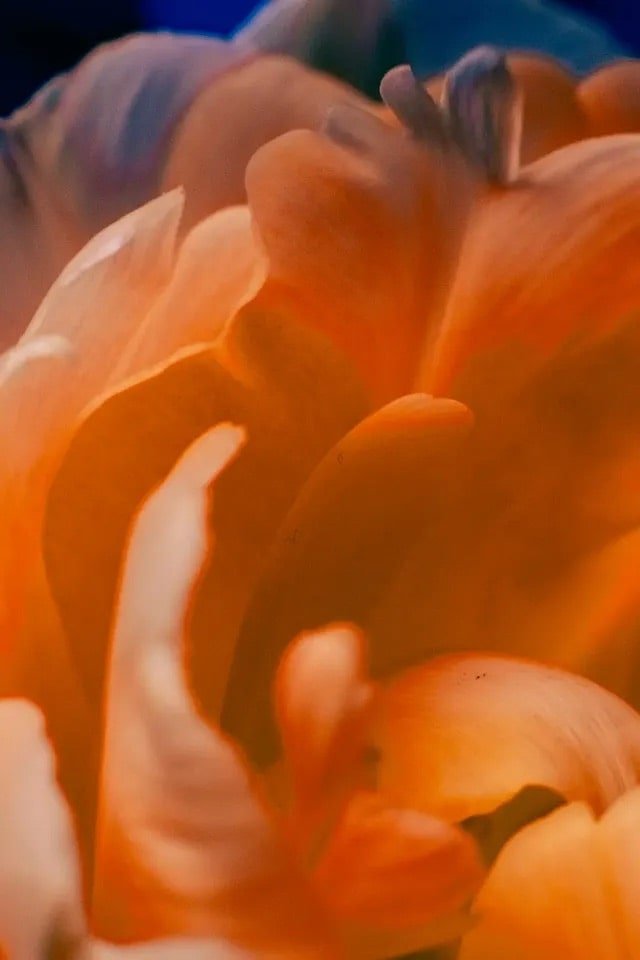
🟥 Can you tell us about a piece of your art that holds a special place in your heart and why it’s so meaningful to you?
There’s way too many, but Nastya Gornaya works do hold a special place in my heart, as they speak about my youth in the most beautiful city on this earth. When I saw her works for the first time I think I died and ended up in heaven haha.
🟥 What are your dreams or goals for the future?
I’m planning to open a studio and teach kids and adults of kindness in art.
🟥 How would you define a “creative person”?
I don’t think creative needs a definition, everyone is creative in its own unique way, even if they are a bus driver.
🟥 In your opinion, what are the positive and negative differences between being an artist today and being an artist a century ago?
Positive is having all of the resources available to you if you have the internet and a bit of PC power. Negative is being constantly overwhelmed by social media. I’m pretty sure I would have been much happier without constant exposure to mass culture.
🟥 In your opinion, what are the best and most challenging aspects of being an artist?
The best aspect is being yourself, which by coincidence is the most challenging!
🟥 What advice would you give to aspiring artists who want to build a meaningful career?
You’ll make it meaningful by creating personal stories that mean a lot to you. Don’t try to guess what’s important for someone else, use topics that occupy a lot of your own mind, that’s the best way to find the viewers who can relate to your art.
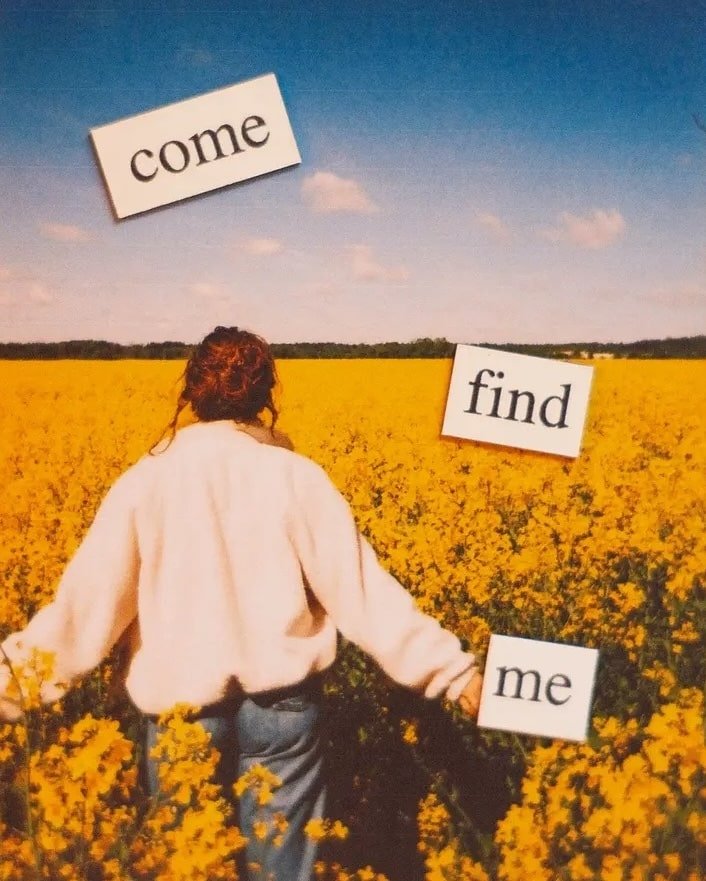
Relevant Links:
Web Site: perleverroterie.com
Portfolio: behance.net/perleverroteriephoto
Links: linktr.ee/perleverroterie
Note: The answers given by the artist have been quoted verbatim without any editing to preserve the artist’s authentic voice for our readers.




